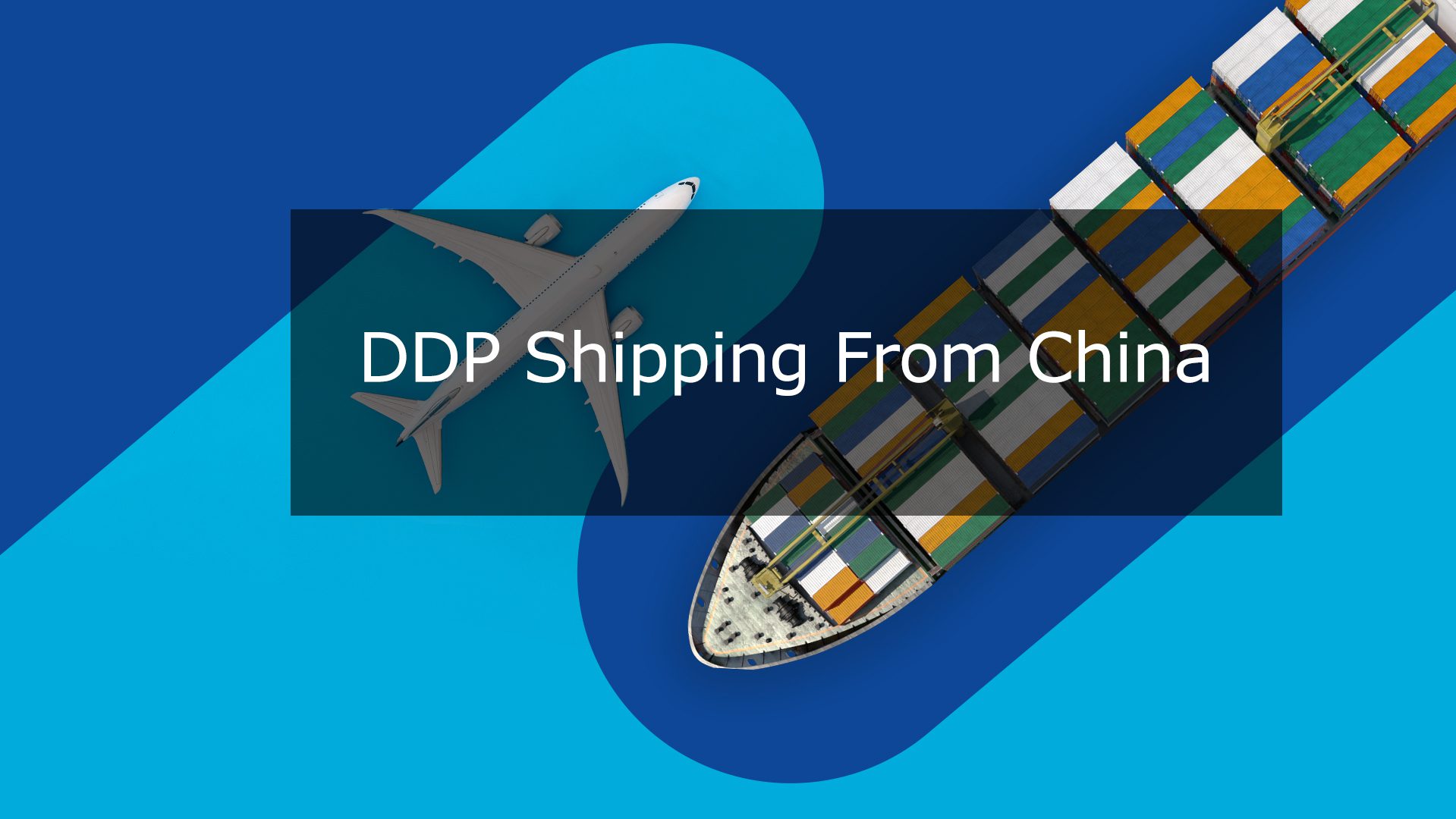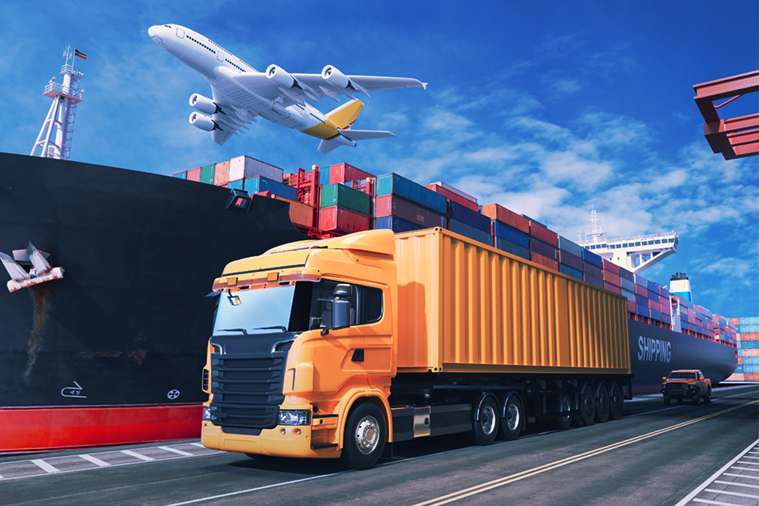BLOG
LTL vs FTL Shipping: Which Freight Option Is Right for Your Business?
- wanmeili
- 2025-04-15
Introduction
This article aims to provide a detailed comparison between LTL vs FTL Shipping, helping readers make informed decisions based on their specific shipping needs. Whether you’re a small business owner looking to save on shipping costs or a logistics manager whose task is to optimize freight operations, understanding these concepts is essential for effective supply chain management. Join us as we explore the nuances of freight shipping and guide you in choosing the most suitable method for your business.
Understanding LTL vs FTL Shipping
What is FTL Freight?
Businesses that require large shipments typically choose FTL freight, as it can offer faster transit times, greater control over scheduling, and reduced risk of damage or delays associated with multiple handlers.
What is LTL Freight?
Carriers load multiple consignments onto one truck in LTL shipping, which may make several stops to deliver items to different recipients. While LTL shipping is generally more affordable for smaller shipments, it may come with longer transit times and a higher risk of handling, as different handlers move the cargo multiple times during transit.
Key Differences Between LTL vs FTL Shipping
Understanding the differences between FTL and LTL freight is crucial for businesses determining the most suitable shipping method for their needs. Below are the key distinctions based on several important aspects:
Shipment Size and Volume
FTL Freight:
Designed for large shipments that occupy the full capacity of a truck (typically 10,000 pounds or more).
Ideal for businesses needing to transport bulk goods or when shipping a significant quantity of products.
LTL Freight:
Suitable for smaller shipments that do not fill an entire truck.
Ideal for businesses shipping goods that weigh less than 10,000 pounds, allowing them to transport less inventory in a cost-effective way.
Cost Structure
FTL Freight:
Generally has a higher flat rate since the entire truck is reserved exclusively for one shipper.
Cost per unit tends to be lower for larger shipments as the total transport cost is spread across the full load.
LTL Freight:
Usually more affordable for smaller shipments because costs are shared among multiple clients.
Pricing may depend on weight, distance, and dimensions, making it a budget-friendly option for businesses with less freight.
Transit Time and Speed
FTL Freight:
Offers faster transit times since shipments travel directly from the origin to the destination without additional stops.
Typically beneficial for time-sensitive deliveries.
LTL Freight:
Often slower due to multiple stops for various deliveries, leading to longer transit times.
Not the best choice for urgent shipments that require immediate arrival.
Handling and Risk of Damage
FTL Freight:
Reduced risk of damage as handlers move only one shipment throughout the process.
Less likelihood that workers will transfer the goods between multiple facilities or modes of transport.
LTL Freight:
Higher risk of damage because freight from different shippers is consolidated into one truck, involving multiple transfers and handling. Sometimes it needs to look for a warehouse that waits for all the shipments to combine and repack.
This increases the chance of items being mishandled or damaged.
Flexibility and Scheduling
FTL Freight:
Provides greater control over scheduling since the entire truck is dedicated to one shipment.
Shippers can plan pickup and delivery times that suit their needs without relying on multiple schedules.
LTL Freight:
Offers more flexibility for smaller shipments where businesses may not need full capacity immediately.
However, scheduling may be influenced by the logistics provider’s route and the needs of other shippers sharing the truck.
Advantages and Disadvantages
When deciding between Full Truckload (FTL) and Less-Than-Truckload (LTL) shipping methods, it’s essential to consider both the advantages and disadvantages of each. Below is a structured introduction to the benefits and drawbacks of FTL and LTL shipping.
Advantages of FTL Shipping
Faster Transit Times: FTL shipments travel directly from the origin to the destination without unnecessary stops, resulting in quicker delivery.
Lower Risk of Damage: With only one shipper’s goods on board, FTL shipping minimizes the handling of freight, reducing the potential for damage.
Complete Load Customization: Shippers have control over the entire truckload, allowing for better optimization and customization of the freight arrangement.
Predictable Pricing: Since FTL involves a flat rate for the entire truck, it simplifies budgeting and cost management for large shipments.
Disadvantages of FTL Shipping
Higher Cost for Smaller Shipments: FTL can be more expensive for businesses that do not have enough volume to fill the truck, as they are paying for the whole vehicle.
Less Flexibility for Smaller Loads: Companies without sufficient freight to warrant a full truckload may find it difficult to utilize FTL effectively.
Requires More Planning: Scheduling FTL shipments requires more notice and planning, as the truck is typically dedicated solely to one customer.
Advantages of LTL Shipping
Cost-Effectiveness for Smaller Shipments: LTL allows businesses to share shipping costs, making it a more economical choice for smaller loads.
Flexibility: LTL offers greater flexibility for shippers who may not have enough freight to fill an entire truck, enabling companies to ship smaller quantities as needed.
Access to More Frequent Shipping Options: LTL services often have more regular departures, giving shippers more options for scheduling shipments.
Environmentally Friendly: Consolidating multiple small shipments into one truck reduces the number of trucks on the road, thereby lowering carbon emissions.
Disadvantages of LTL Shipping
Longer Transit Times: LTL shipments may take longer than FTL due to multiple stops and transfers, which can impact delivery schedules.
Higher Risk of Damage: More handling during transfers can lead to increased chances of damage or loss, as multiple shippers’ freight is combined in one truck.
Complex Pricing Structure: LTL pricing can be complicated, involving multiple factors such as weight, dimensions, distance, and freight class, which may make budgeting more challenging.
Limited Control over Scheduling: Shippers may have less control over pick-up and delivery timing, as schedules are affected by the logistics of multiple shipments.
Factors to Consider When Choosing LTL vs FTL Shipping
When deciding between Less-Than-Truckload (LTL) and Full Truckload (FTL) shipping, consider the following key factors:
Shipment Size and Volume:
- FTL is ideal for full truckloads (10,000 lbs or more).
- LTL suits smaller loads (150 to 10,000 lbs).
Cost Considerations:
- FTL offers better rates for larger shipments.
- LTL is typically more economical for smaller shipments.
Delivery Speed Requirements:
- FTL provides faster transit with direct routes.
- LTL may involve longer delivery times due to multiple stops.
Frequency of Shipments:
- FTL for occasional large deliveries.
- LTL for frequent smaller shipments.
Nature of Goods:
- FTL is suitable for high-value or sensitive items.
- LTL may increase the risk of damage due to more handling.
Handling and Packaging Requirements:
- FTL requires less handling, making it better for delicate items.
- LTL requires careful packaging to endure multiple transfers.
Destination and Route Efficiency:
- FTL is efficient for direct routes.
- LTL works well for regional distribution, combining multiple shipments.
Load Tracking and Communication:
- FTL generally offers straightforward tracking.
- LTL might have more complex tracking due to various stops.
Environmental Impact:
- FTL can lead to higher carbon emissions if not utilized fully.
- LTL is more eco-friendly by maximizing truck capacity.
Conclusion
Choosing between LTL and FTL shipping depends largely on your specific logistical needs, shipment size, and budget. LTL offers flexibility and cost savings for smaller loads, while FTL provides speed and efficiency for larger shipments. By understanding the key differences, along with the pros and cons of each option, you can make an informed decision that aligns with your business goals. Ultimately, careful consideration will ensure that your shipping strategy enhances your overall operational efficiency and customer satisfaction.



